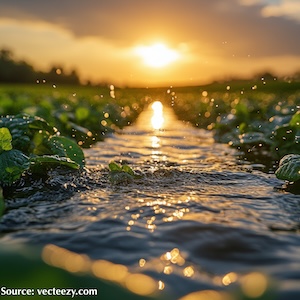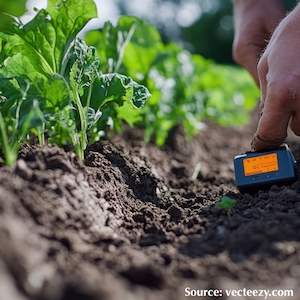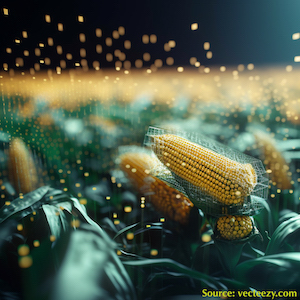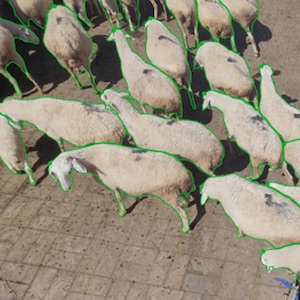Identification of drought-salinity combined stress in tomato plants by vegetation indices

All claims expressed in this article are solely those of the authors and do not necessarily represent those of their affiliated organizations, or those of the publisher, the editors and the reviewers. Any product that may be evaluated in this article or claim that may be made by its manufacturer is not guaranteed or endorsed by the publisher.
Authors
A major issue in several farming areas of the Mediterranean basin consists of drought and salinity stress. This stress is mainly due to a steady exposition of warm daily temperature and heatwaves, moreover with inevitable irrigation with saline water. Therefore, detecting the stress is essential to minimise significant yield loss and preserve agricultural sustainability. In this context, remote and proximal sensing can play a crucial role in allowing fast, not destructive, extensive, and reliable assessment of crop status. In this work, the effectiveness of several multispectral indices in detecting salinity and water stress in tomato plants, grown under controlled green-house conditions, was investigated. Three different classifiers (fine tree model, linear discriminant model, and linear support vector machines model) were used to verify whether, and the extent to which, the adopted multispectral indices can be adopted to identify a stress condition of the tomato plants. In the experimental campaign, the stress occurrence on tomato plants was assessed on the base of a set of ecophysiological measurements, such as transpiration, stomatal conductance, and photosynthesis rate. Obtained results showed that a classification model based on linear support vector machines, exploiting the combination of Photochemical Reflectance Index and the Chlorophyl Index, can detect drought and salinity stress in tomato plants with an accuracy higher than 94%.
Supporting Agencies
European Union - NextGenerationEUHow to Cite

This work is licensed under a Creative Commons Attribution-NonCommercial 4.0 International License.










